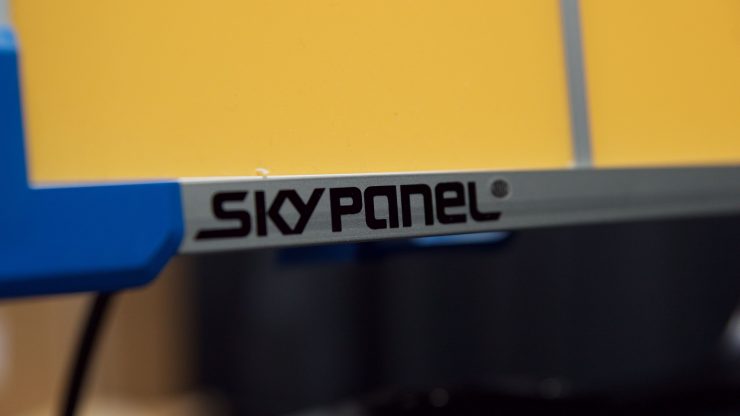
At NAB 2015 Arri introduced the SkyPanel, a new line of LED fixtures. The SkyPanel range consists of two lights, the SC60 and SC30, and both models are available in either a full colour tuneable LED or remote phosphor version. It has taken quite a long time for the lights to actually ship, especially the SC30 – perhaps not surprising given the fact that they have been in development for over 10 years.
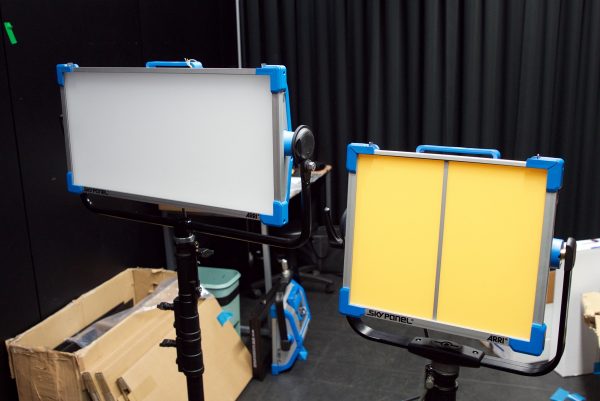
I was impressed by what I saw at NAB and have been waiting patiently to get a hands-on with the SkyPanel series. Luckily the Arri distributor in Japan, NAC Image Technology, now has all four models of the SkyPanel available. I was invited over to try out the lights and I took my Sekonic C-700 Spectrometer with me so I could also gather some photometric information.
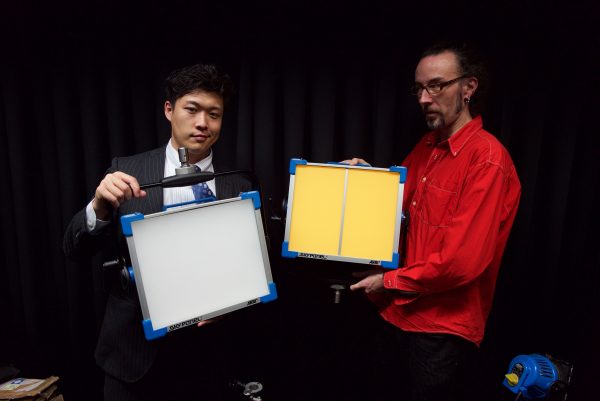
The SC30 was of most interest to me as I think it is the one that you could realistically travel with as a solo operator. No matter how good the quality of a light is, if it is logistically too hard to transport and support then it outweighs the benefits of the light being amazing. The SC30 is half the length of the S60 but it still weighs in at 7.8 kg (17.2 lb) and the 90-250 VAC (50-60 Hz) power supply adds another 2.5 kg (5.5 lb).
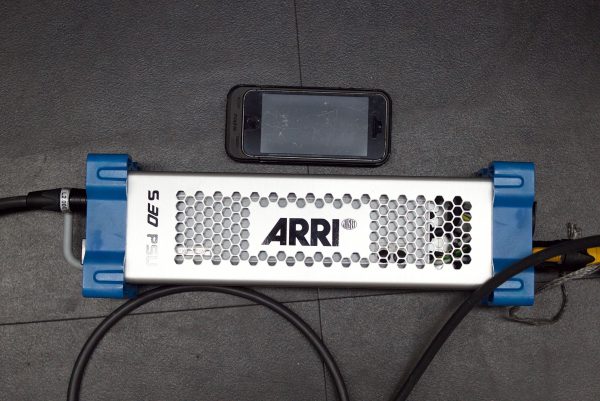
To put this weight in perspective the BB&S Area 48 which is my go-to key light weighs 3.6 kg (7.94 lbs) and the popular Litepanels Astra is 3.2 kg (7.0 lb). The weight and the size (Panel: 15.6 x 13.5 x 5.2″ / 39.7 x 34.2 x 13.3 cm Panel with yoke: 20.0 x 22 x 5.2″ / 50.7 x 55.9 x 13.3 cm) of the SC30 is going to be perfectly fine if you’re not flying with it, but it definitely becomes something you need to take into careful consideration if you are.

Arri don’t make any specific cases for the SkyPanel series, so you’re going to have to find something that best suits your needs. The SC30 and the power supply will fit inside a Pelican 1550, but you have to remove the yoke to do so. The yoke can be removed with a allen key, but then you’re faced with the problem of where to keep it. I currently keep my BB&S Area 48 in a Pelican 1550 and this is normally the largest Pelican case I travel with. The prospect of having to carry something even larger to fit a SC30 in is daunting, and on top of that is the need for a fairly substantial light stand to support its weight.
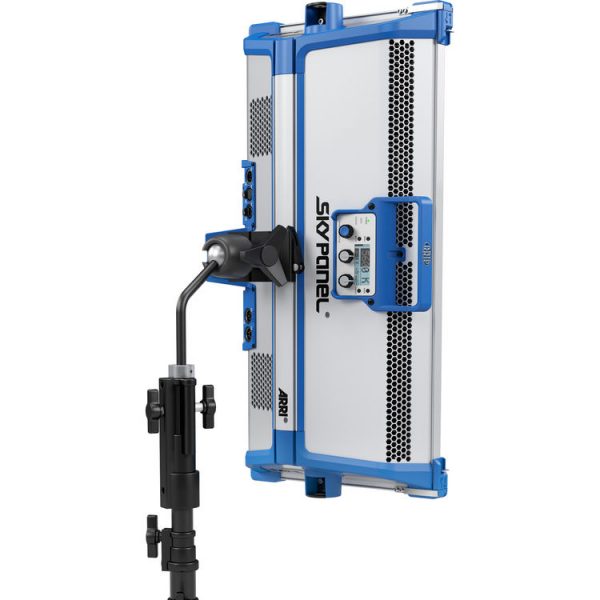
The alternative option for travel is to use the optional Center Mount Yoke rather than the traditional yoke it comes with. The Center Mount Yoke is a ball-in-socket yoke that provides +/- 90° movement and allows the fixtures to be positioned in almost any orientation, including vertically. Going with this mounting option, you could fit the SC30, power supply and Center Mount Yoke in a Pelican 1550.
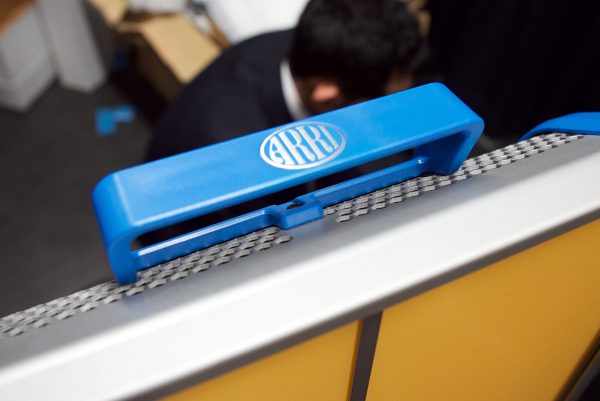
Build quality wise the SkyPanels have that typical Arri feel to them. They are constructed using a combination of an aluminium core with fibreglass-reinforced thermoplastics. You can certainly see where the weight has come from when you see the build quality. There are nice touches on the fixture itself, including carry handles on both sides that not only allow you to easily carry the light, but also allow for someone to hold it if you need the light to follow a moving camera. The latch and pull back slot for where you insert interchangeable diffusion panels was very solid and robust.
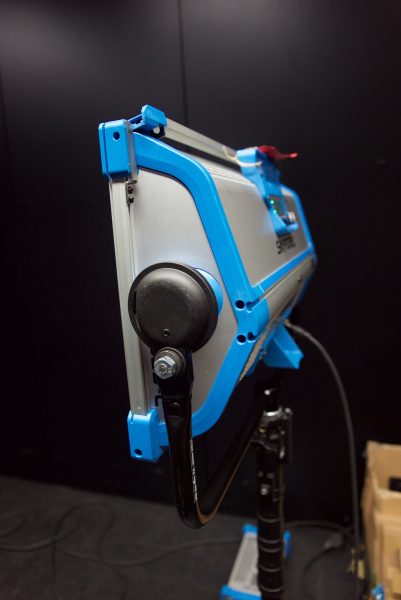
The other thing that impressed me was that the lever to adjust the angle on the mounting yoke was the most solid I have ever seen. Too many lights on the market have bad securing levers, and when you want to adjust the light’s position on the mount they don’t lock down securely. When you lock down the lever on the SkyPanel you can’t move the light at all no matter how hard you try. These may be small things, but it gives you a insight into just how well the light is made.
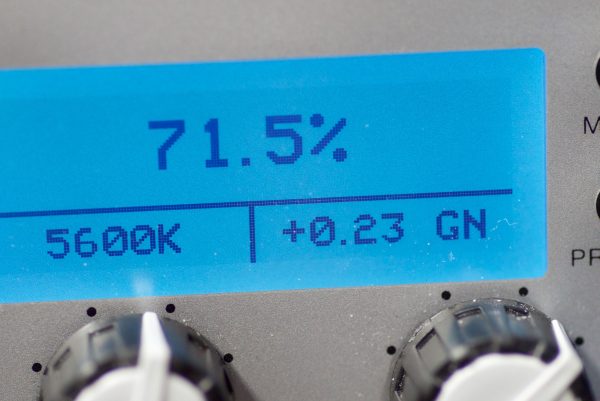
I’ve talked about the size, weight, and build quality so now lets move onto the light output, colour rendition and accuracy, and most importantly what does the light look like. There are two versions of the SC30, the full colour tuneable LED and the RP (remote phosphor). First let’s look at the full colour tuneable LED version.
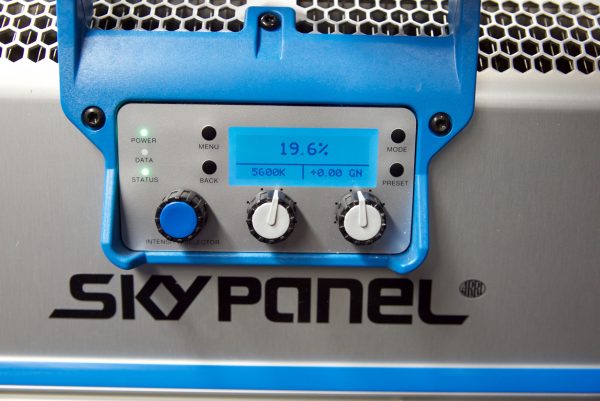
SC30 full colour tuneable LED
The light is extremely versatile and has a lot of very useful features built in. The diffuser panels that sit in front of the LED lights are interchangeable and can be installed or removed very quickly. The SC30 can run off mains power or via an on-board camera battery when using an optional plate. The light will run at full power, but you will need two fairly high output v-lock or Anton Bauer batteries to do it, as the light draws between 200-220W. The optional battery plate works with both the SC30 and S60.
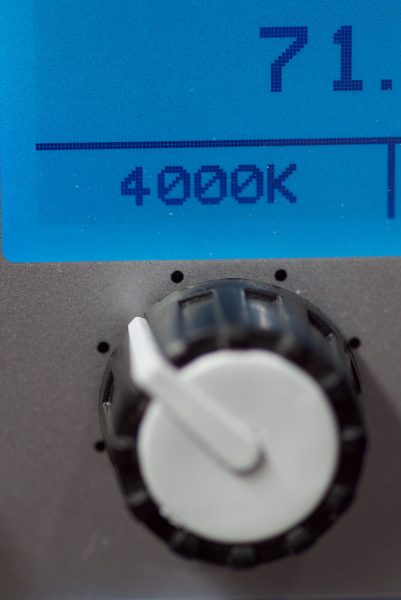
One of the most impressive features is the 2,800K – 10,000K ‘continuously variable correlated’ color temperature control. This can be adjusted in +/- 100 K increments. There is also a continuously adjustable (Full Minusgreen to Full Plusgreen) control that lets you dial in either more green or magenta into the light to help it match other lights or environments that you may be using it in. This can be done in in +/- 1/8 Green-Magenta (nominal) increments. The light output is also fully adjustable from 0-100%.
Another interesting part of the feature set is the RBG+W color gamut with hue and saturation control. By enabling this you can get the light to produce just about any colour you can think of across the spectrum. This is a great feature for adding colour or creating certain stylised looks.
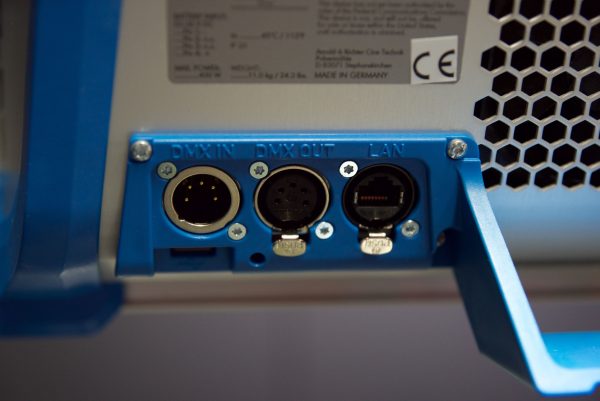
Other features include 5-Pin DMX In and Through connectors, EtherCon LAN Network Connectivity, and a USB-A interface for software upgrades via a flash drive.
The light is rated for 50,000 hours of use and Arri claim an estimated colour shift of less than 200K over its lifetime. For people working in adverse conditions the light will work in temperatures between -20° to +45° C (-4° to +113° F).
The SC30 full colour tuneable LED version is not a cheap light. It retails for $3780 US and by the time you add a few different diffusion panels, a soft box and a battery plate you won’t get any change out of $5000 US. Like a lot of Arri products, the accessories do tend to be quite expensive.
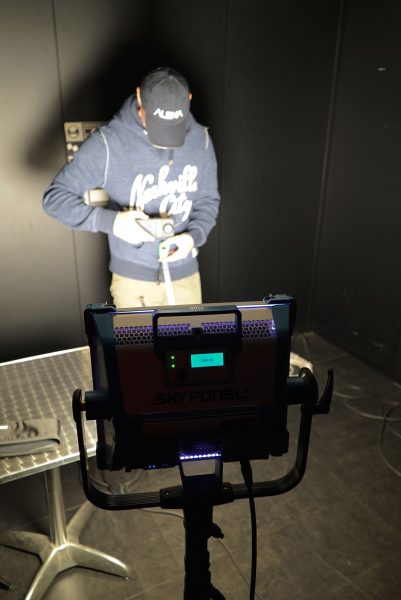
Output
Using a Sekonic C-700 Spectrometer I measured the light’s output at full power at a distance of 1 meter (3.28 ft). This was done inside a controlled environment with no other light sources present. The SC30 at 5600K measured 5950 lx and 552 fc.
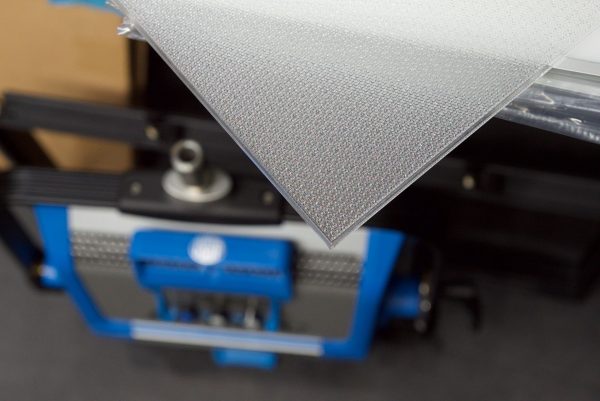
If you use the optional Light Intensifier Panel that Arri claim increases output by up to 50%, the numbers jumped to 9520 lx and 883 fc. From my tests the increase in output with the Light Intensifier Panel was closer to 60%. I tested the light at various different colour temperatures and the output remained very consistent. At the far ends of the light’s Kelvin capabilities, 2800k and 10000k, the light had marginally less output, but not enough to concern potential buyers. The light is very bright and the output is very impressive considering the amount of colour temperature range it is capable of.
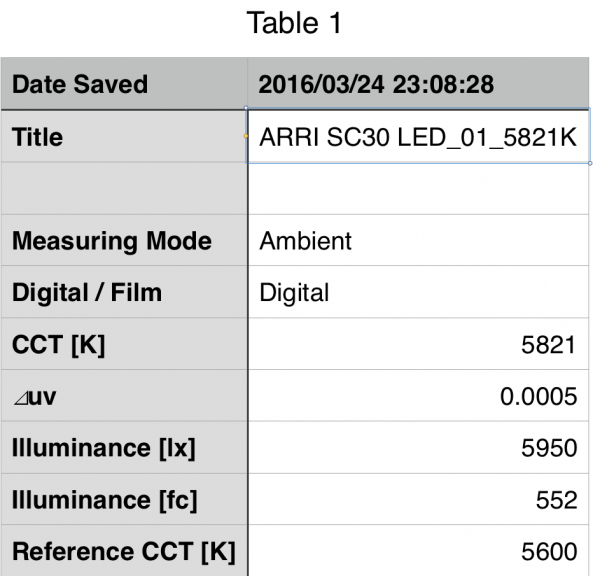
Colour Rendition
Arri claims a CRI of 95. CRI is measured by comparing the appearance of a range of sample colors when observed under daylight (or a standardised artificial source) against the light being tested. The results across the sample colours (R1-R8) are averaged out to give a single score, from 0-100. The higher the number, the more accurately a light will reproduce colours. However, CRI is an old standard and it’s not 100% suitable for LED lights. CRI only takes into account the sample colours R1-R8 even though it is possible to measure a far wider range of colours (R1-R15). The three key colours when it comes to reproducing accurate skin tones are R9, R13 and R15. R9 is red (studies have shown people prefer looking at faces with more red in them), R13 is the closest to caucasian skin tones, and R15 is close to asian skin tones. So even though a light can claim a high CRI, this tells you nothing about how well it may or may not replicate accurate skin tones.
Again I used the Sekonic C-700 Spectrometer to measure both the average CRI and to measure the CRI of individual colour samples. I was particularly interested in the results for R9, R13 and R15. The SC30 scored a average CRI of 96 (remember this is only sampling R1-R8) at 5600K and R9 was 89.7, R13 95.5 and R15 scored 97. The results were very impressive and more than measure up to Arri’s claims.
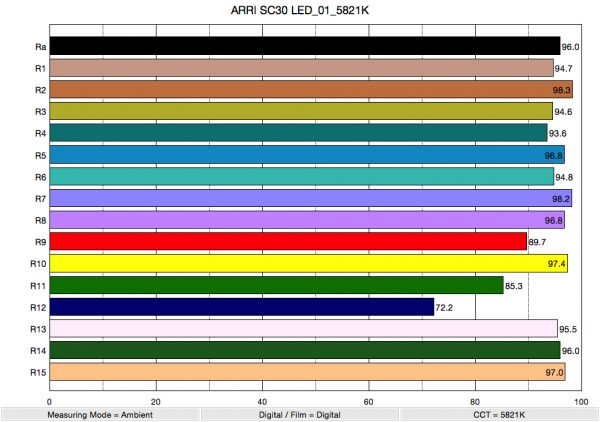
I also tested the light at various colour temperatures within its range to see how consistent the CRI of R9, R13 and R15 were.
2800K
CRI 95.4 R9 75 R13 98.8 R15 95.6
3200K
CRI 95.7 R9 80.2 R13 97.7 R15 97.5
4500K
CRI 96.5 R9 88.7 R13 96.4 R15 97.6
6500K
CRI 96 R9 91.8 R13 95.2 R15 95.4
10000K
CRI 94.7 R9 91.3 R13 92.8 R15 90.2
As you can see the light remained very consistent throughout the range. Even at the extremes of 2800K and 10000K it still performed very well.
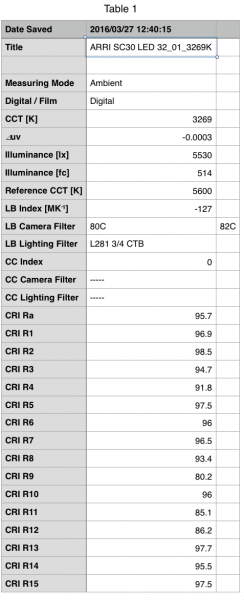
Kelvin Accuracy
The majority of LED lights are not very accurate when it comes to recreating the colour temperature they are actually rated at. For example a LED light may say it is 5600K, but in reality it may be closer to 5200K or 6000K. Using the Sekonic I was able to measure the actual Kelvin colour temperature the light was emitting when it was set at various temperatures. The CC Index displays the CC correction value and whether any magenta or green need to be added or subtracted. 1 CC corresponds to 035 Kodak CC values or 1/8 Rosco filter values. Any reading less than +1.00 or -1.00 and you’re probably not going to need to make any kind of adjustment. The ⊿uv is the value to show how much this light is away from being an ideal light source (black body radiation = incandescent lamp). As with the CC Index you want this number to theoretically be zero. Kelvin is not a linear value, so we need to convert from Kelvin to MK-1 to compare the values of color temperature. To calculate from Kelvin to Mired is MK-1= 1*1000000/Kelvin. While this may sound confusing, it is the only way of measuring if the Kelvin shift is significant enough to warrant having to use a filter for correction. You can see all the results below.
2800K
Actual reading 2793K CC Index 0 ⊿uv 0
3200K
Actual reading 3269K CC Index 0 ⊿uv -0.0003
4500K
Actual reading 4620K CC Index 0 ⊿uv -0.0001
5600K
Actual reading 5821K CC Index 0.1G ⊿uv 0.0005
6500K
Actual reading 6758K CC Index 0.2G ⊿uv 0.0007
10000K
Actual reading 10629K CC Index 0.9G ⊿uv 0.001
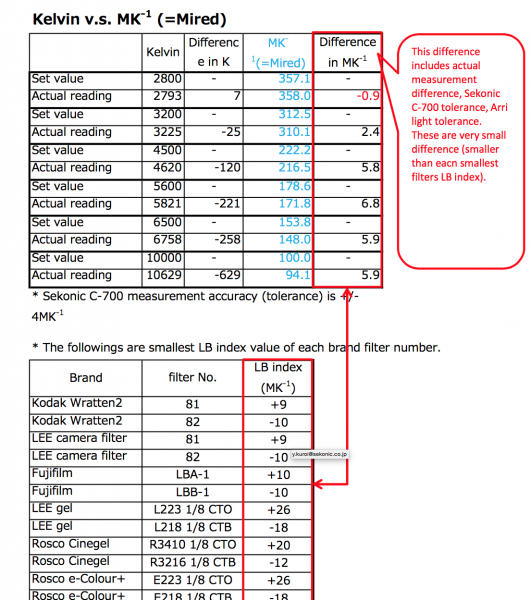
From the above table you can see that none of the measured Kelvin colour temperature discrepancies were large enough for you to have to use a filter gel in front of the light.
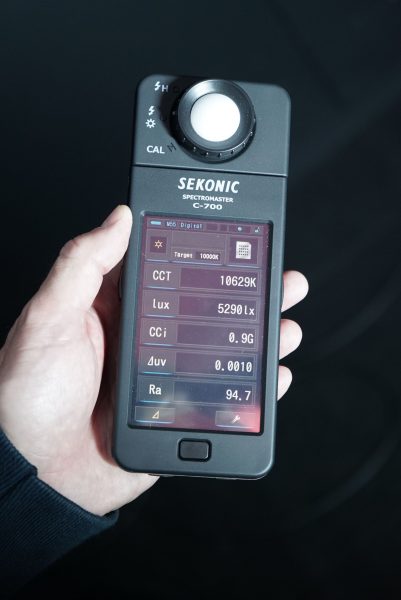
As you can see from the 10000K reading the CC Index was 0.9G. As an experiment I wanted to see if I was able to use the continuously adjustable (Full Minusgreen to Full Plusgreen) control to dial in a correction to get the light to read 0.
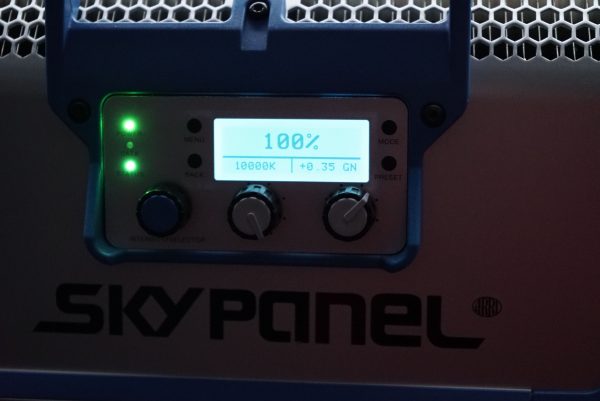
To correct the light we had to dial in +0.35 more green. After a bit of experimentation it was quite easy to do and we ended up correcting the light’s output. While the 0.9G CC index wasn’t really enough to warrant having to make a correction, it was good to see that the light was more than capable of doing it. Below are the new readings we got after adjusting the colour on the light.
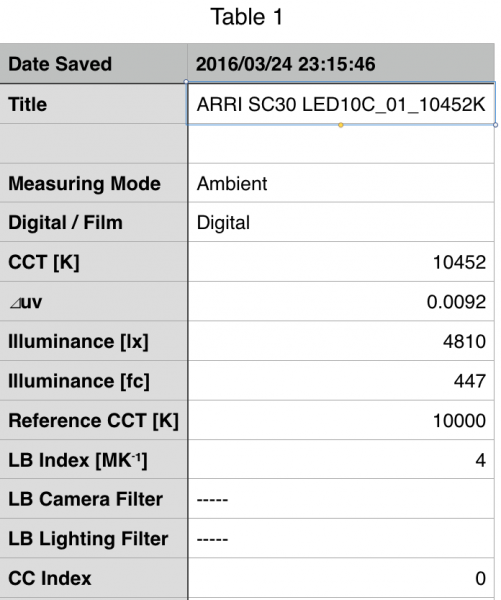
You can see the before and after spectral distribution graphs and the new readings below. What was also interesting to see was that the light’s CRI actually improved after we made the adjustment.
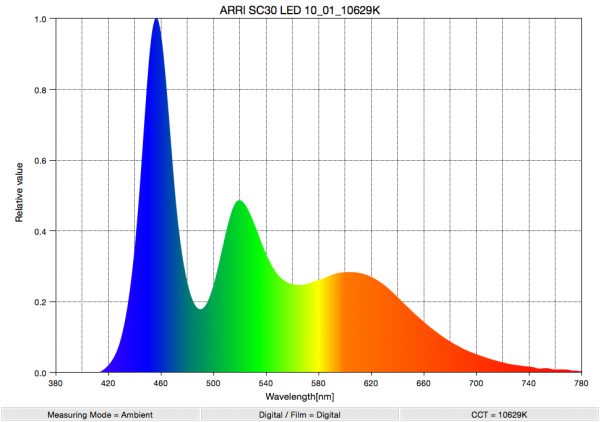
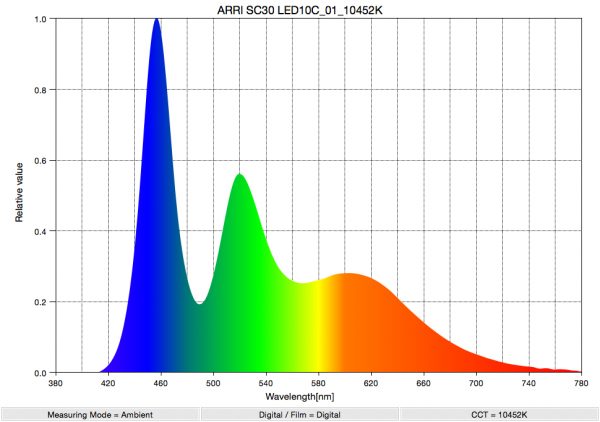
While it is important to know the photometrics of a light, that alone doesn’t tell the whole story. The biggest factor for me when choosing a fixture is the quality of the light itself. Great photometrics don’t necessarily guarantee you will like how it looks.
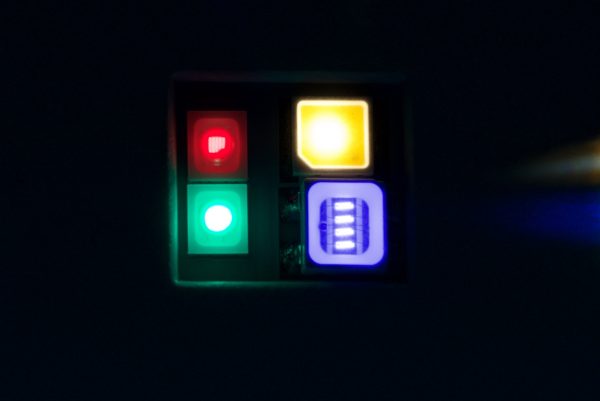
The SC30 full colour tuneable LED version mixes calibrated red, green, blue and white LEDs into one homogeneous beam to create a soft lighting source. The combination of diffusion panels, LED mixing chamber and a large light aperture make the light wrap around objects. The light has a beautiful soft fall off and produces really soft shadows. The shadows did not display any weird multiple edges or strange colours that are common with some LED lights.

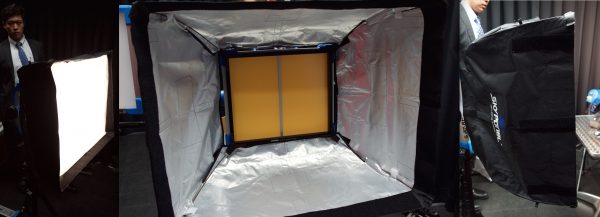
Once you add the optional soft box to the light, it really shines. For shooting interviews or illuminating other objects you get this really nice soft light that falls away in a very pleasing way. The room I was testing the light in was completely dark and we weren’t using any other lights. It was really nice to see that even when there were shadows on someone’s face they were very soft and subtle.
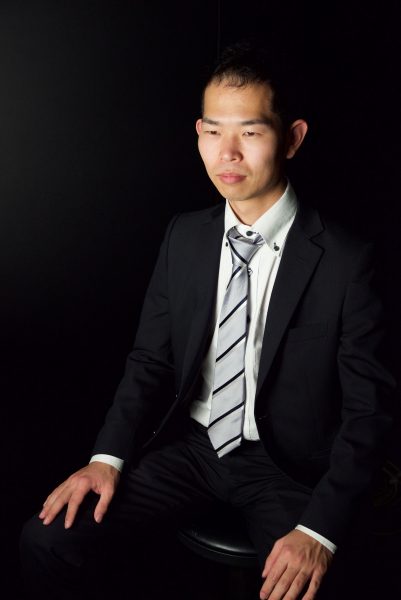
The accurate colour rendition is also very apparent even when shooting asian skin tones – generally a lot more tricky to get accurate than caucasian ones.
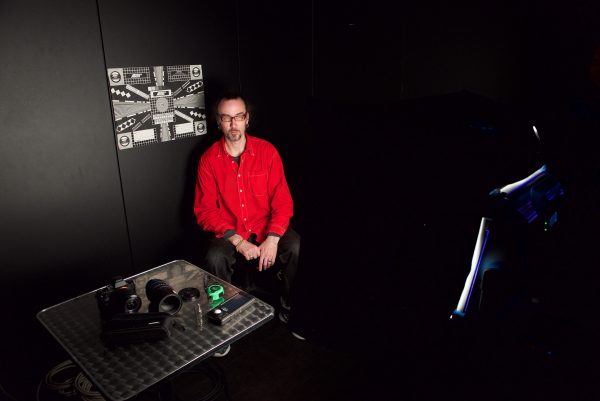
Above you can see the distance of the light from the subject. I purposely placed Adrian very close to a wall to see what the shadows and fall off of the light looked like.
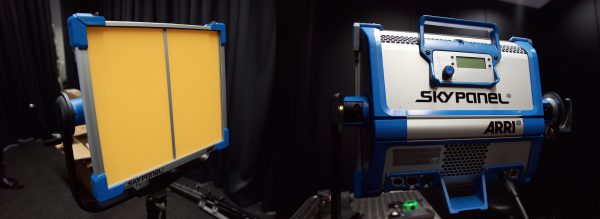
For news and documentary shooters, the SC30 RP (remote phosphor) version at first glance may seem to make a lot more sense. While it lacks a lot of the features of the full colour tuneable LED version, it is significantly cheaper ($2,812.50 US) if you’re looking for a good key light source. My current key light of choice is the BB&S Area 48 and I have grown to love the soft, but powerful output that a remote phosphor light can provide.
The SC30 RP works on remote phosphor technology which involves using very powerful blue LEDs to excite a panel coated in phosphors. This differs from normal LED technology as it produces one big soft source instead of the light coming from lots of tiny individual LEDs. Remote phosphor lights are known for their near-perfect colour rendition and overall light quality.
Arri claim that the remote phosphor versions of the SkyPanel are up to 10% brighter than the colour tuneable LED versions. To change the colour temperature using a remote phosphor light you need to change the panel. Different colour temperature panels are available, including 2700K, 3200K, 4300K, 5600K and 6500K. The only problem is that the panels are a whopping $549 US each.
Just like the SC30 full colour tuneable LED version, I tested the SC30 RP with the Sekonic C-700 to see how it performed. I could only test the light with a 3200K panel as they did not have a 5600K panel available during the test. I was also interested to compare the photometric results against the BB&S Area 48, which I consider to be one of the most colour accurate lights around.
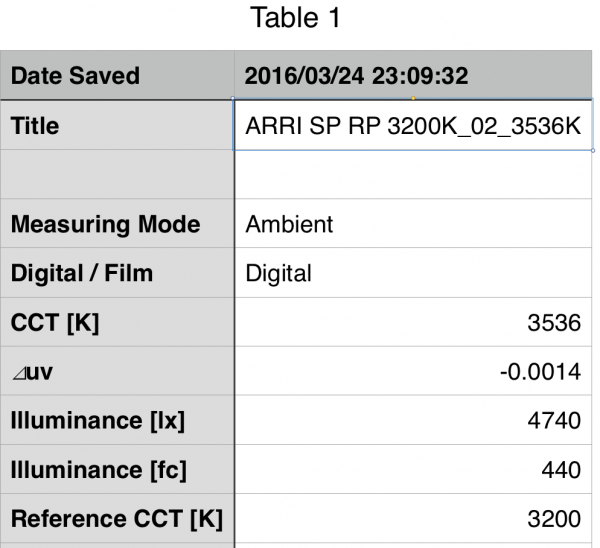
Output
The SC30 RP output using a 3200K panel was 4740 lx and 440 fc at a distance of 1 meter at 100% power. This was actually lower than the output of the full colour tuneable LED version at 3200K, which was a bit of a suprise given that it is supposed to be brighter.
Colour Rendition
The light scored a average CRI (R1-R8) of 97.5. The full colour tuneable LED version was 95.7.
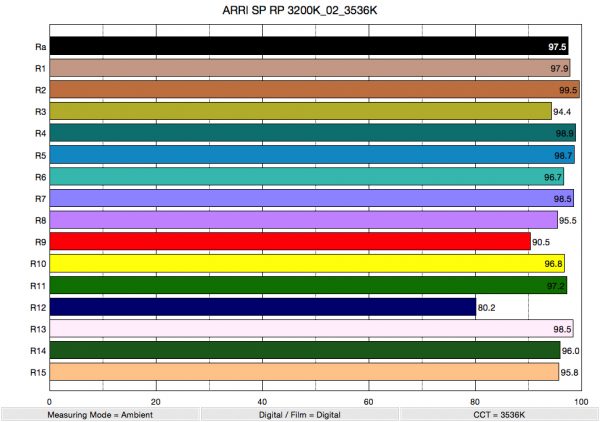
3200k
CRI 97.5 R9 90.5 R13 98.5 R15 95.8
Comparing this directly to the full colour tuneable LED version, both lights are very similar when it comes to colour rendition.
Kelvin Accuracy
3200k
Actual reading 3536k CC Index 0 ⊿uv -0.0014
The kelvin temperature of the RP version was slightly higher than that of the full colour tuneable LED version, but both lights are still very accurate.
When comparing the SC30 RP against the BB&S Area 48 both using 3200K remote phosphor panels this is what I found.
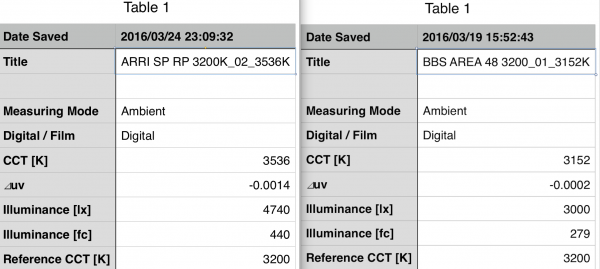
Kelvin Accuracy
3200k
BB&S Area 48 Actual reading 3152k CC Index 0 ⊿uv -0.0002
SC30 RP Actual reading 3536k CC Index 0 ⊿uv -0.0014
Output
The BB&S Area 48 outputs 3000 lx and 279 fc at a distance of 1 meter. The SC30 Rp was 4740 lx and 440 fc.
Colour Rendition
The BB&S Area 48 scored a average CRi (R1-R8) of 96.7. The SC30RP score was 97.5.
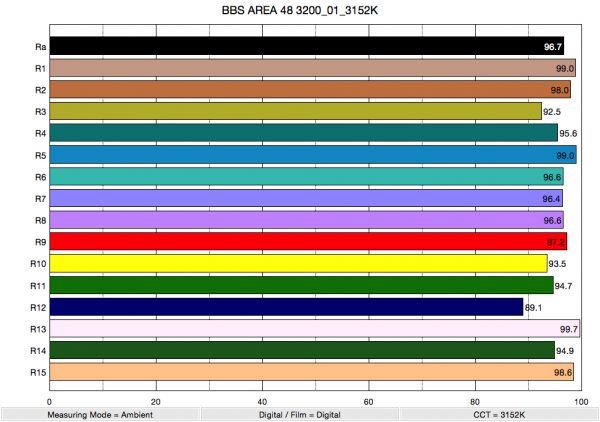

3200K
BB&S Area 48 CRI 96.7 R9 97.2 R13 99.7 R15 98.6
SC30 RP CRI 97.5 R9 90.5 R13 98.5 R15 95.8
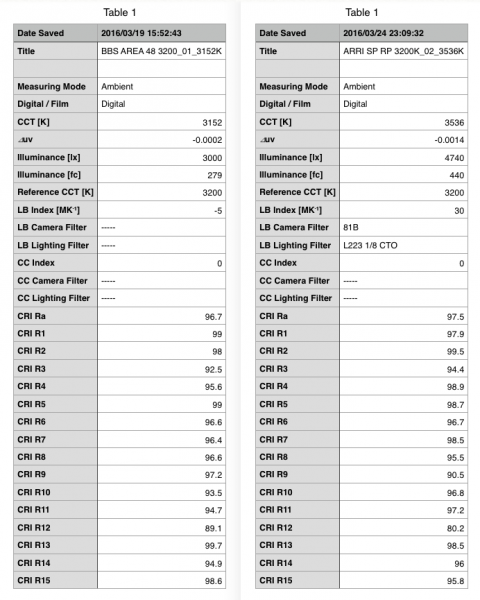
As you can see, when you compare both lights head to head there is very little difference between the two. While the Arri definitely has a lot more output, the BB&S is slightly more colour accurate. Of all the lights I have tested with the Sekonic C-700, both the Arri and the BB&S are right up the top of the leaderboard. The BB&S Area 48 currently has the highest photometric colour accuracy of any light I have tested so far.
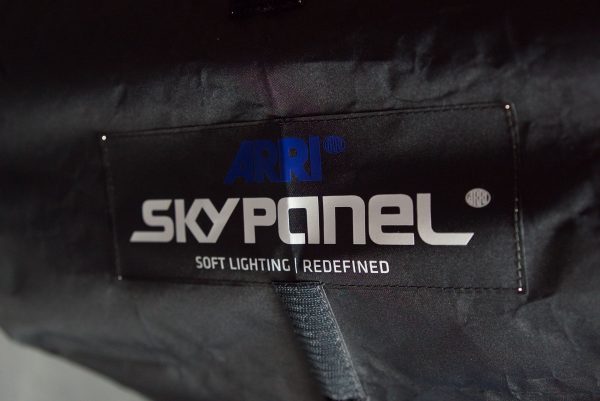
Conclusion
The SC30 full colour tuneable LED version is certainly the more versatile light with the added colour temperature adjustment and (full minusgreen to full plusgreen) colour offset controls. It also has the ability to create just about any colour you like and you can use the Light Intensifier Panel to drastically increase output (at the expense of narrowing the light’s beam). The SC30 RP is a lot cheaper, but the remote phosphor panels are expensive. While it produces a light source that is just as nice as its more expensive sibling it does lack versatility.
I operate as a one man band for a lot of the work that I do, so when choosing lights I have to take a lot of things into consideration. There is no doubt that the SC30 SkyPanels produce beautiful light, and are built like a tank, but the thing I keep coming back to is the weight. When you fly as much as I do excess baggage is a big factor. Having a heavier light means heavier light stands and this all starts to add up. If I was going to choose one of the lights I would probably go with the SC30 full colour tuneable LED version for a couple of reasons. It is far more versatile and the big factor for me is the optional light intensifier panel. Being able to get 9520 lx and 883 fc at 1 meter from a light that is this size and this versatile is truly impressive. Yes it comes at a cost, but if I factor in having to buy a SC30 RP and at least one extra colour temperature panel then the price difference between the two lights becomes a lot closer.
The thing to remember is that both lights require a lot of accessories if you plan on using them to their full potential, and that really adds a lot of money to the overall cost.
Would I buy one for the sort of work that I do? Well that is a big question and one I haven’t yet answered. Once I actually use the light on a real job I may well get an answer.
Special thanks to Tomonori Aoki and Hidemasa Iwamatsu from NAC for providing the lights, and to Adrian Storey for his photos and help on the day.
If anyone is interested I have included some of the photometric data from the SC60 full colour tuneable LED version below.
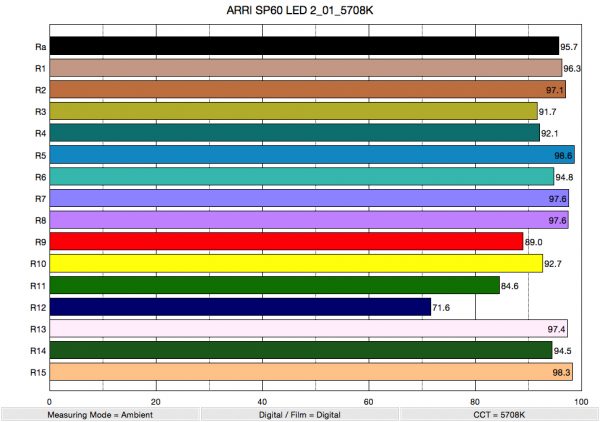
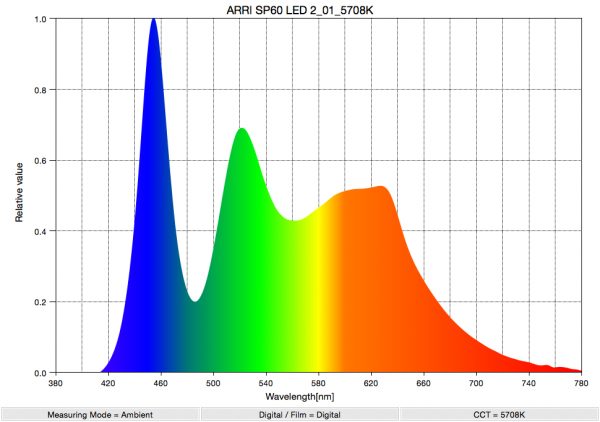
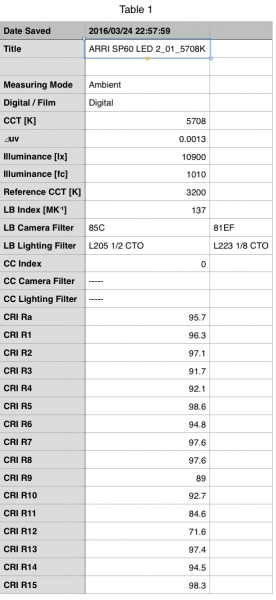
All images, text and photos are property of Newsshooter.com Do not reproduce or republish without our expressed written consent.





